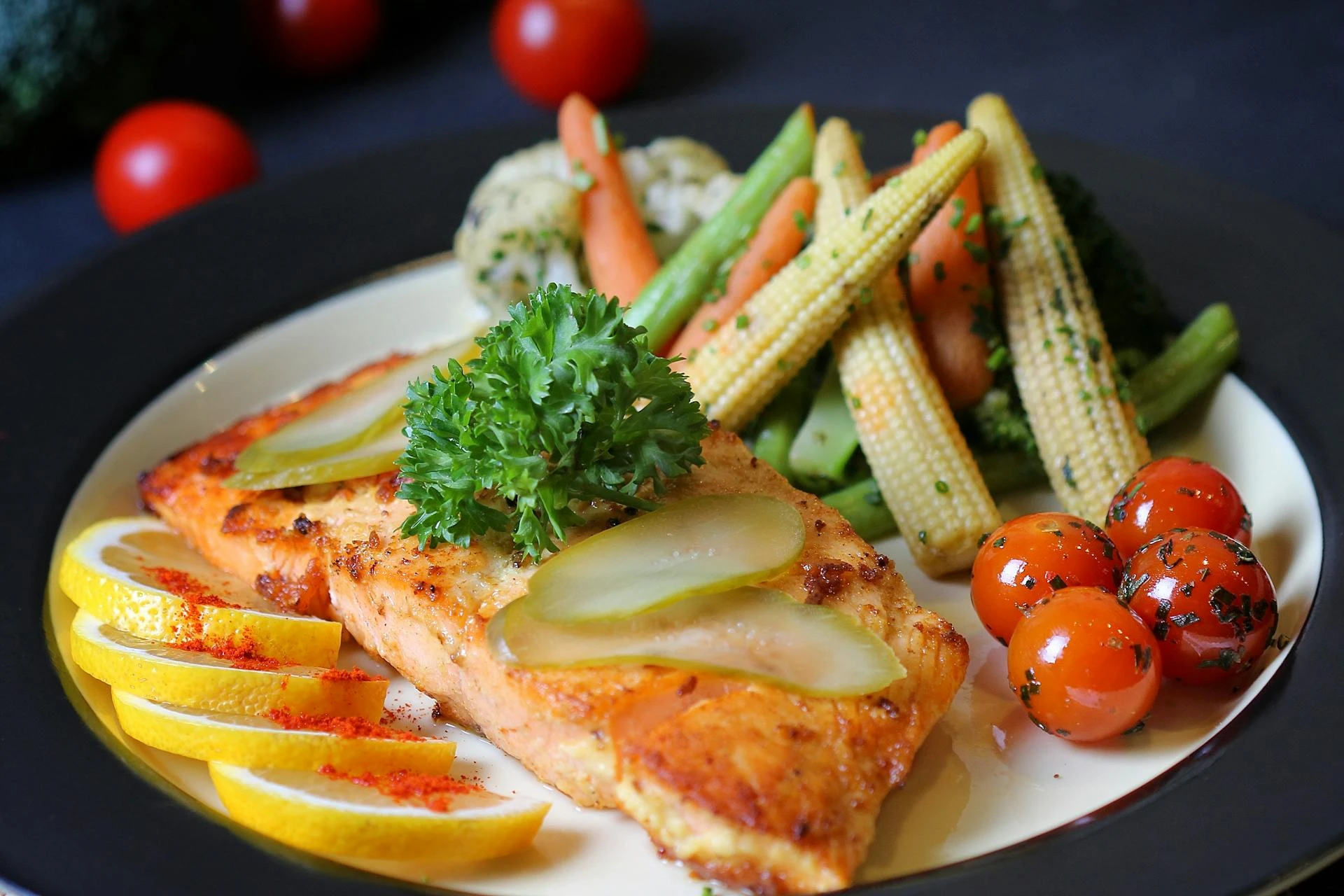Table of Contents
Managing diabetes starts with what’s on your plate. The right food choices can stabilize blood sugar levels, improve insulin sensitivity, and prevent complications. However, with so much conflicting information, many people feel overwhelmed when trying to build a diabetes-friendly diet.
Instead of focusing only on what to avoid, let’s explore the best foods to include in your diet—and the ones you should limit or eliminate.
How Food Affects Blood Sugar
Every food you eat has an impact on blood glucose levels. Carbohydrates break down into sugar, which enters the bloodstream, causing blood sugar levels to rise. Proteins and fats do not have the same immediate effect but influence insulin response and overall metabolism.
The key is to choose nutrient-dense foods that release glucose slowly, preventing sharp spikes and crashes.
Best Foods for Diabetics
1. Leafy Greens and Non-Starchy Vegetables
Vegetables are essential in a diabetic diet because they provide vitamins, minerals, fiber, and antioxidants without significantly raising blood sugar.
Top Choices
- Spinach, kale, Swiss chard
- Broccoli, cauliflower, Brussels sprouts
- Bell peppers, zucchini, mushrooms
These vegetables are low in carbohydrates and rich in fiber, which slows digestion and prevents glucose spikes.
How to Include Them
- Add spinach to omelets or smoothies
- Roast Brussels sprouts with olive oil and garlic
- Use cauliflower as a rice or mashed potato substitute
2. High-Quality Proteins
Protein helps stabilize blood sugar by slowing the absorption of carbohydrates. It also promotes satiety, reducing cravings for high-sugar snacks.
Top Choices
- Fatty fish (salmon, sardines, tuna)
- Skinless poultry (chicken, turkey)
- Eggs, tofu, tempeh
- Lean beef, grass-fed if possible
How to Include Them
- Grill chicken breast with herbs for a healthy meal
- Eat eggs for breakfast instead of cereal
- Include salmon in your diet at least twice a week
3. Healthy Fats
Not all fats are bad. Healthy fats improve insulin sensitivity and reduce inflammation, which is crucial for diabetes management.
Top Choices
- Avocados
- Nuts and seeds (almonds, walnuts, flaxseeds, chia seeds)
- Olive oil and coconut oil
- Fatty fish
How to Include Them
- Add avocado slices to salads or sandwiches
- Use olive oil instead of butter for cooking
- Eat a handful of nuts as a snack
4. Whole Grains and Legumes
Refined grains cause blood sugar spikes, but whole grains and legumes provide fiber and essential nutrients that help regulate glucose levels.
Top Choices
- Quinoa, brown rice, farro
- Lentils, chickpeas, black beans
- Whole oats, barley
How to Include Them
- Swap white rice for quinoa
- Make lentil soup for a hearty meal
- Eat oatmeal with cinnamon and nuts instead of sugary cereals
5. Low-Glycemic Fruits
Fruits contain natural sugars, but some are better than others for diabetics. Choosing fiber-rich, low-glycemic fruits helps maintain stable blood sugar.
Top Choices
- Berries (blueberries, strawberries, raspberries)
- Apples (with skin)
- Pears, cherries, oranges
- Grapefruit, kiwis
How to Include Them
- Eat berries with Greek yogurt for breakfast
- Add apple slices to peanut butter for a balanced snack
- Use citrus fruits in salads for extra flavor
6. Blood Sugar-Stabilizing Spices
Certain spices have been shown to help regulate blood sugar levels naturally.
Best Options
- Cinnamon – Improves insulin sensitivity
- Turmeric – Reduces inflammation
- Ginger – Supports digestion and glucose metabolism
How to Include Them
- Sprinkle cinnamon on oatmeal or coffee
- Use turmeric in curries, soups, or teas
- Add ginger to stir-fries or smoothies
Foods to Avoid or Limit
1. Refined Carbohydrates and Sugary Foods
Processed carbs and added sugars cause rapid blood sugar spikes and contribute to insulin resistance.
Worst Offenders
- White bread, white pasta, white rice
- Breakfast cereals with added sugar
- Candy, cakes, pastries, and cookies
- Sugary beverages (soda, fruit juices, energy drinks)
Better Alternatives
- Swap white rice for brown rice or quinoa
- Choose whole-grain bread over white bread
- Use natural sweeteners like stevia or monk fruit instead of sugar
2. Trans Fats and Unhealthy Oils
Artificial trans fats and heavily processed oils contribute to inflammation and worsen insulin resistance.
Worst Offenders
- Margarine and hydrogenated oils
- Fast food and fried foods
- Processed snacks (chips, crackers, microwave popcorn)
Better Alternatives
- Use olive oil or avocado oil instead of vegetable oils
- Cook at home instead of eating fast food
- Bake or air-fry instead of deep-frying
3. High-Sodium Processed Foods
Diabetics are at higher risk of heart disease, making it important to avoid excessive sodium, which can increase blood pressure.
Worst Offenders
- Canned soups and processed meats (bacon, sausages)
- Frozen dinners and packaged meals
- Restaurant foods high in sodium
Better Alternatives
- Choose fresh or frozen vegetables over canned
- Opt for lean, unprocessed meats
- Season food with herbs and spices instead of salt
4. Excess Alcohol
Alcohol can interfere with blood sugar regulation and may lead to unexpected spikes or drops.
Worst Offenders
- Sweet wines and cocktails
- Beer and sugary mixers
- Excessive alcohol consumption
Better Alternatives
- Limit alcohol intake to moderate levels
- Choose dry wines or spirits with sugar-free mixers
- Always eat before drinking alcohol
Building a Sustainable Diabetic Diet
Managing diabetes through diet doesn’t mean deprivation—it’s about making smarter choices that support long-term health.
By focusing on whole, nutrient-dense foods and avoiding processed, high-sugar options, you can maintain stable blood sugar levels while enjoying delicious meals.
Start small: swap one unhealthy habit for a better one each week. Over time, these changes will become second nature, helping you feel your best and avoid diabetes complications.

Leave a Reply